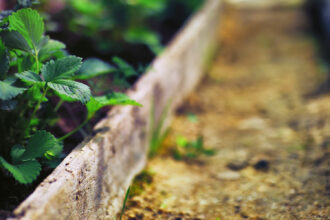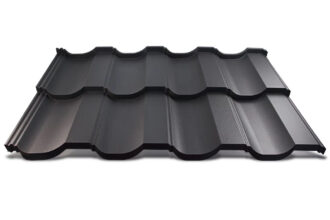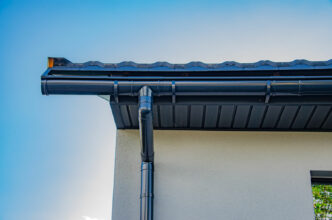The roof eaves can be covered in many different ways. One of the most popular are wooden soffits. Like any solution, roof soffits also have both their advantages and disadvantages. We present what roof soffits are characterized by and what to pay special attention to when selecting them.
Wooden soffits – the most important information
Until recently, a wooden soffit was the most frequently chosen method of covering the roof eaves. To this day, it is very popular and is often chosen for covering the eaves of the roof. The wooden soffit is usually performed by making, trimming individual elements, and then drying and impregnating them. Among the materials from which wooden soffits are made of, are:
- the pine wood,
- the spruce wood,
- the larch wood,
- the cedar wood,
- the Siberian larch wood,
- the Scandinavian spruce wood.
The mounting strips are nailed perpendicular to the rafter right next to the eaves board and the wall. The strips are fixed with single nails in the middle of the width. The short boards are nailed at the beginning and at the end. In a situation where the distance between them is 80-100 cm, an additional batten is used in the middle of the span of such eaves. If the straight strips are butt-joined, there is no need to make ventilation openings, as there are gaps between the boards. On the other hand, if the individual strips have contoured edges and are overlapped, ventilation holes are left and they are covered with a mesh.
The wooden soffits are most often used in houses with a classic shape, which have wooden decorative elements. Soffits of various shapes, types of gouging, thickness or moisture resistance are available. The parameters of the wooden soffit should be selected according to the technical capabilities of the building, its location and our tastes. In the case of houses located in humid or wooded areas, it is necessary to choose wooden elements that will have a high resistance to moisture. This will protect us from the penetration of mold and fungi into the interior of the house.
Wooden soffits – advantages
Wooden soffits are still often chosen, among others, due to their numerous advantages. Among them it is worth mentioning:
- aesthetic and natural appearance,
- pleasant smell of wood,
- resistance to unfavourable weather conditions
- endurance,
- resistance to deformation and distortion,
- eco-friendly material.
Wooden soffits – disadvantages
In addition to the advantages mentioned above, wooden soffits also have their drawbacks. Among them are:
- the most expensive type of roof soffit,
- susceptibility to mechanical damage and distortion,
- susceptibility to the action of water and moisture,
- time-consuming installation,
- the need for regular maintenance every few years increases the cost of use.
However, by choosing the right wood species and performing systematic maintenance, we can effectively prevent the wood dampness and deformation. Wood impregnators will protect it from both unfavourable influence of rain, sun and wind. The preparations penetrate into the deep layers of wood, have a fungicidal effect and prevent biodegradation.


